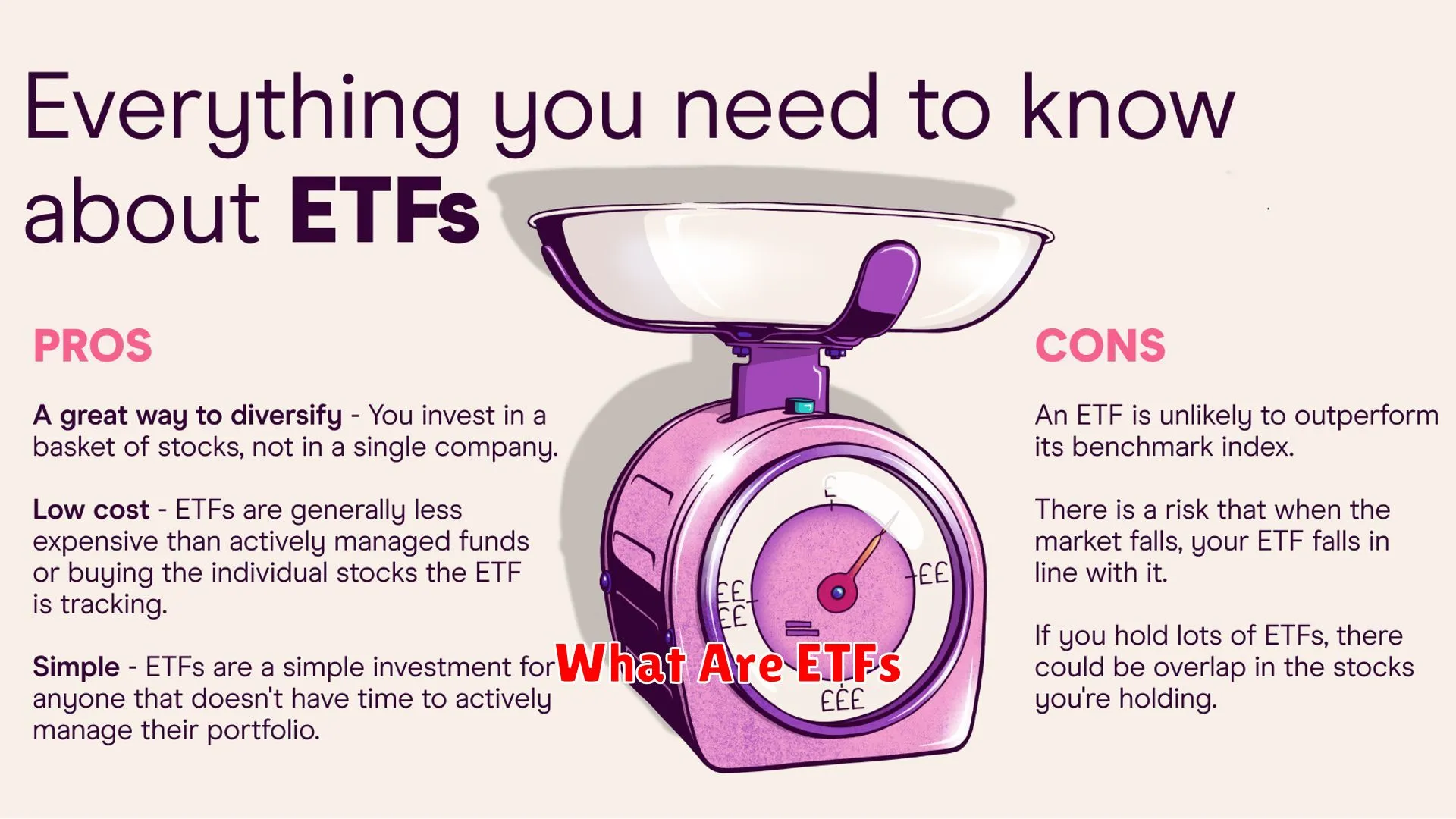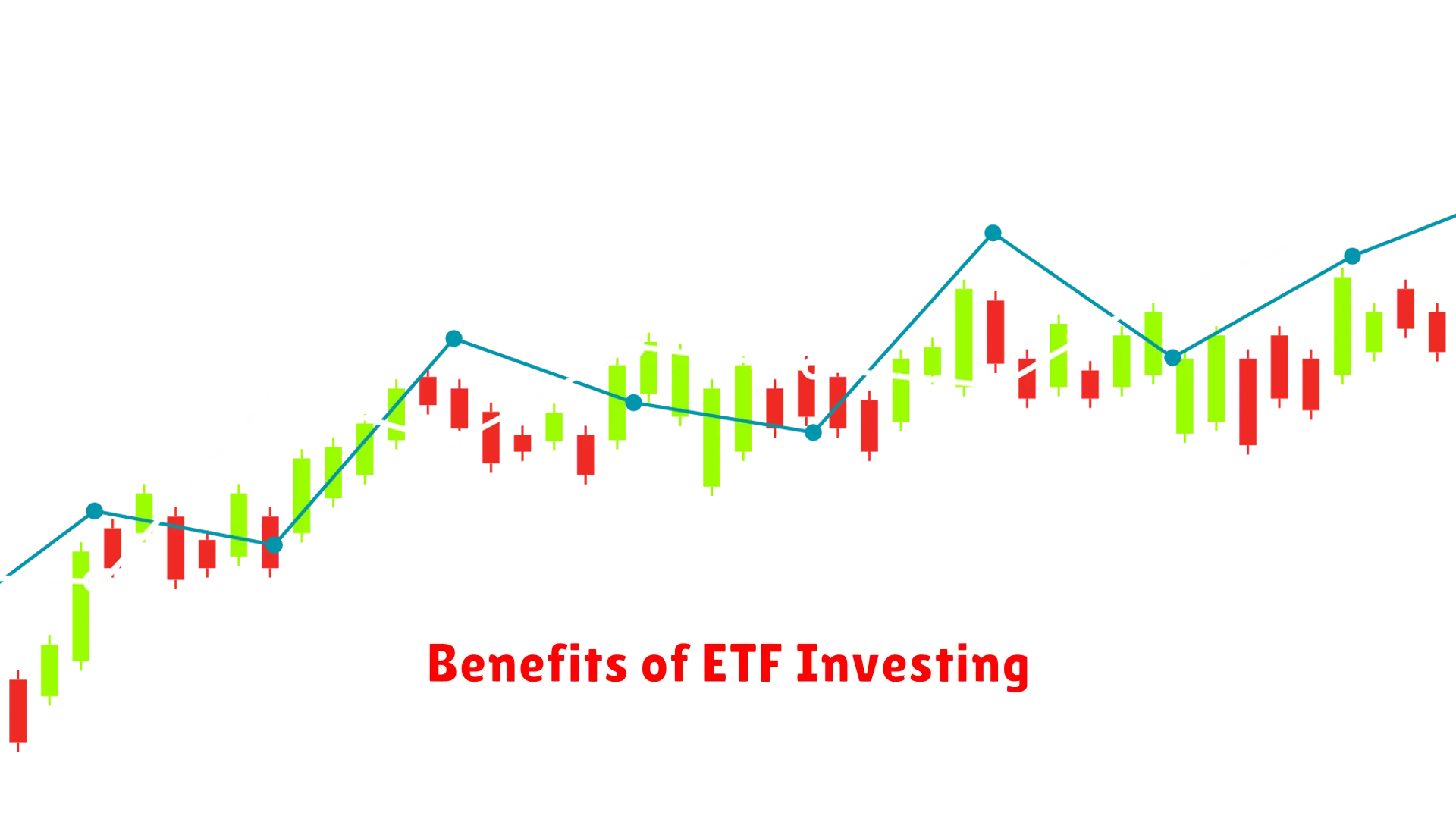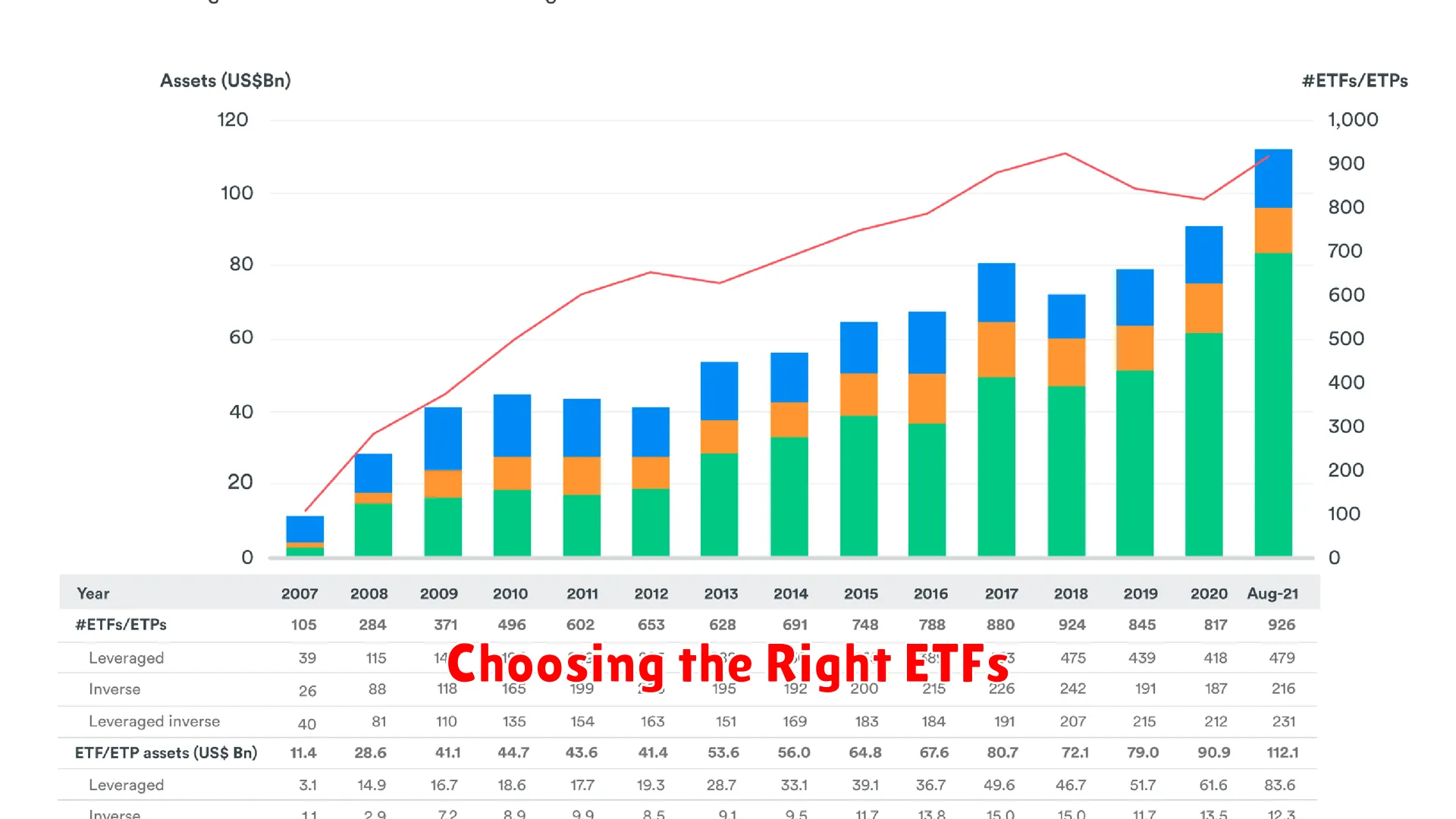Discover how leveraging ETFs can simplify your stock investing journey with diverse portfolios and lower fees, making it hassle-free for investors of all levels.
What Are ETFs

ETFs, or Exchange-Traded Funds, are investment funds that are traded on stock exchanges, similar to individual stocks. They offer investors a way to diversify their portfolios with a single investment and are popular for their simplicity and efficiency in stock investing.
ETFs typically track an index, commodity, bonds, or a basket of assets and aim to mimic the performance of the underlying securities. They provide investors with instant diversification without needing to purchase individual assets separately.
One of the key advantages of ETFs is their liquidity, as they can be bought and sold throughout the trading day at market prices. This makes them a flexible option for investors looking to capitalize on short-term market movements or make strategic investment decisions.
Furthermore, ETFs often come with lower expense ratios compared to mutual funds, making them a cost-effective investment choice for those looking to maximize returns and minimize fees.
Benefits of ETF Investing

Investing in Exchange-Traded Funds (ETFs) provides various advantages for individuals looking to engage in hassle-free stock investing. Here are some key benefits:
- Diversification: ETFs offer exposure to a diversified portfolio of assets, which helps reduce risk compared to investing in individual stocks. By investing in one single ETF, investors can gain exposure to a broad range of stocks or assets, spreading out risk.
- Liquidity: ETFs are traded on major stock exchanges and can be bought or sold throughout the trading day at market prices. This provides investors with liquidity and flexibility compared to traditional mutual funds.
- Cost-Efficient: ETFs typically have lower management fees compared to mutual funds, making them a cost-effective investment option. Additionally, the transparent structure of ETFs allows investors to see what they are investing in.
- Flexibility: ETFs can be bought and sold like individual stocks, providing investors with flexibility in their investment strategies. Whether one wants to invest for the short term or long term, ETFs offer the ability to tailor investments to their financial goals.
- Passive Investing: For those looking for a hands-off approach to investing, ETFs offer the benefit of passive investing. With ETFs tracking specific indexes or sectors, investors can passively invest in the market without the need for active management.
Choosing the Right ETFs

When it comes to leveraging ETFs for hassle-free stock investing, selecting the right ETFs plays a crucial role in achieving your investment goals. Here are some key factors to consider in choosing the right ETFs:
1. Expense Ratio
Look for ETFs with a low expense ratio. This is the annual fee charged by the fund and can impact your overall returns. Choosing ETFs with low expense ratios can help you keep more of your investment earnings.
2. Investment Objective
Consider the investment objective of the ETF. Some ETFs may focus on specific sectors, industries, or asset classes. Selecting ETFs that align with your investment goals and risk tolerance is essential.
3. Tracking Error
Check the tracking error of the ETF. This measures how closely the ETF follows its underlying index. Picking ETFs with low tracking error can provide more accurate performance relative to the index it tracks.
4. Liquidity
Assess the liquidity of the ETF by looking at its average daily trading volume. Opting for highly liquid ETFs can result in tighter bid-ask spreads and easier entry and exit from positions.
By considering these factors and conducting thorough research, investors can make informed decisions when choosing the right ETFs for their investment portfolios.
Strategies for ETF Investment

Investing in Exchange-Traded Funds (ETFs) can be an effective way to navigate the stock market with ease and diversity. Here are some strategies to consider when leveraging ETFs for hassle-free stock investing:
Diversification:
One of the key benefits of ETFs is their ability to provide instant diversification. By investing in a single ETF, you can gain exposure to a wide range of stocks, bonds, or other assets. This helps reduce risk by spreading your investments across different sectors and industries.
Cost-Effectiveness:
ETFs typically have lower fees compared to traditional mutual funds. This cost-effectiveness can lead to higher returns for investors, as lower fees mean more of the investment returns stay in your pocket.
Research and Due Diligence:
Before investing in any ETF, it’s crucial to conduct thorough research and due diligence. Consider factors such as the ETF’s expense ratio, historical performance, holdings, and the underlying index it tracks. This information can help you make informed investment decisions.
Risk Management:
While ETFs offer diversification, it’s important to also consider your risk tolerance and investment goals. Allocate your investments across different asset classes and ETFs to manage risk effectively. Additionally, regularly monitoring your investments and staying informed about market trends can help you adjust your portfolio as needed.
Monitoring and Adjusting Your ETF Portfolio

Keeping track of your Exchange-Traded Fund (ETF) portfolio is essential to ensure its alignment with your investment goals. By regularly monitoring and adjusting your ETF holdings, you can optimize your portfolio’s performance and manage potential risks effectively.
1. Regularly Review Your Portfolio
Set a schedule to review your ETF portfolio periodically, whether monthly, quarterly, or annually. During these reviews, assess the overall performance of each ETF and determine if they are still in line with your investment strategy and risk tolerance.
2. Stay Informed About Market Trends
Keep yourself updated on market trends, economic indicators, and global events that could impact the performance of your ETFs. By staying informed, you can make informed decisions about when to adjust your portfolio allocations.
3. Rebalance Your Portfolio as Needed
Rebalancing involves buying or selling assets in your portfolio to maintain your desired asset allocation. If certain ETFs have deviated significantly from their target weights, consider rebalancing to realign your portfolio and reduce exposure to any overvalued assets.
4. Monitor Costs and Fees
Pay attention to the costs associated with your ETF investments, including expense ratios and trading fees. High fees can eat into your returns over time, so consider switching to lower-cost ETFs with similar objectives if necessary.
5. Seek Professional Advice When Needed
If you are unsure about how to adjust your ETF portfolio or need guidance on making strategic investment decisions, don’t hesitate to consult with a financial advisor. They can offer personalized advice based on your financial goals and risk tolerance.
Conclusion
ETFs offer a convenient and low-cost way for hassle-free stock investing, providing diversification and ease of trading for investors of all levels.




